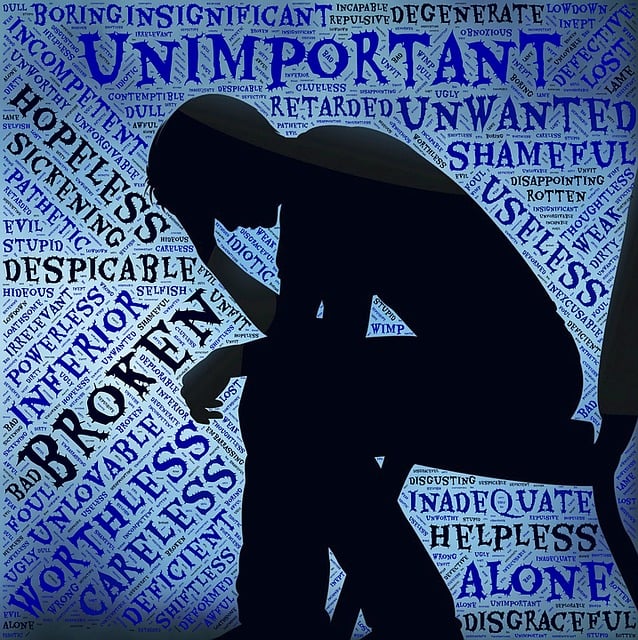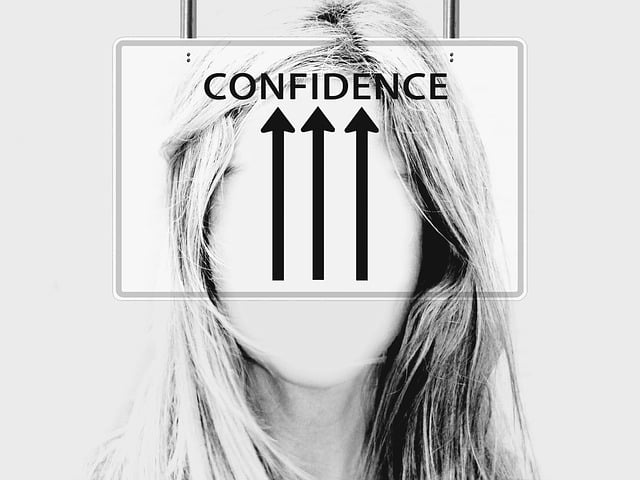Self-Exclusion Tools are digital solutions that help users temporarily or permanently restrict access to online platforms, addressing concerns about excessive internet use and its impact on mental health. By setting usage limits and personalizing strategies like blocking contacts or apps, individuals can combat addiction, compulsive behaviors, and distractions, thereby improving focus and regaining control over their online activities. Effective implementation requires a tailored, multifaceted approach that includes regular review and adjustment of settings, fostering a healthier balance between online engagement and offline life. Real-life narratives highlight successful self-exclusion strategies, such as a young professional overcoming gambling and a student achieving academic success through app blocking software.
“Self-exclusion tools and strategies are essential components of responsible gaming, empowering individuals to take control of their gambling habits. This article provides a comprehensive guide to understanding and implementing these effective mechanisms. We’ll explore the basic overview of self-exclusion tools, delve into successful strategies, and present real-world case studies demonstrating their impact. By examining these practices, we aim to promote healthy gaming behaviors and highlight the positive outcomes of proactive self-regulation.”
- Understanding Self-Exclusion Tools: A Basic Overview
- Implementing Effective Self-Exclusion Strategies
- Case Studies: Successful Self-Exclusion in Action
Understanding Self-Exclusion Tools: A Basic Overview

Self-Exclusion Tools are designed to empower individuals and communities by providing mechanisms to temporarily or permanently restrict access to digital platforms, websites, or applications. These tools have become increasingly important in today’s digital landscape, where excessive screen time and problematic internet use can lead to negative consequences for mental health and overall well-being. By offering a way to take control of their online habits, self-exclusion strategies allow users to set boundaries and protect themselves from potential harm.
These tools typically enable users to place limits on their usage, such as blocking certain websites or apps for a defined period. They can be particularly useful for those struggling with addiction, compulsive behaviors, or mental health issues that are exacerbated by digital distractions. By utilizing self-exclusion mechanisms, individuals can foster better self-discipline, improve focus, and reclaim control over their time and online activities.
Implementing Effective Self-Exclusion Strategies

Implementing effective self-exclusion tools and strategies is a multifaceted process that requires careful consideration and tailored approaches. These tools, designed to help individuals set boundaries and manage their interactions, are particularly valuable in today’s digital era, where constant connectivity can be overwhelming. By integrating self-exclusion methods into daily routines, users can regain control over their time, attention, and overall well-being.
Key to success is personalizing these strategies based on individual needs and preferences. This may involve blocking specific contacts or apps during certain times of the day, setting limits on data usage, or utilizing dedicated self-exclusion applications that offer a range of tools. Regularly reviewing and adjusting these settings ensures their effectiveness over time, fostering a healthier balance between online engagement and offline life.
Case Studies: Successful Self-Exclusion in Action

Successful Self-Exclusion in Action showcases real-world examples where individuals have effectively utilized self-exclusion tools to transform their lives. One notable case involves a young professional who, after recognizing excessive gambling habits, implemented strict daily limits on his mobile gaming applications. This proactive approach allowed him to regain control and focus on personal goals, leading to improved mental health and financial stability.
Another inspiring story highlights a student who struggled with social media addiction. By setting specific self-exclusion periods during study hours using app blocking software, she experienced enhanced concentration and productivity. These measures not only facilitated her academic success but also fostered better time management skills, enabling her to achieve a healthy balance between academics and personal downtime.
Self-exclusion tools and strategies are powerful resources for individuals seeking to overcome addictive behaviors. By understanding their basic principles, implementing effective practices, and learning from successful case studies, those struggling with addiction can take meaningful steps towards recovery. Embracing these tools allows for personalized approaches, fostering a supportive environment that enhances long-term success in managing and overcoming dependencies.






